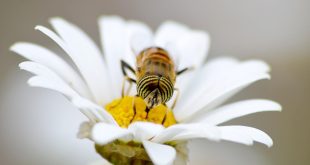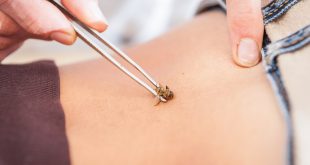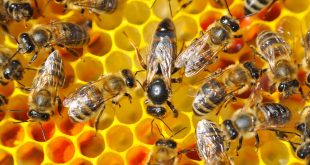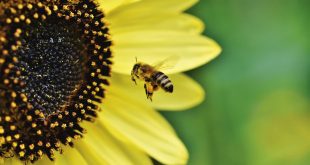Attract and support pollinators in your garden with our guide on how to encourage bees. This article is perfect for gardeners and nature lovers, offering practical tips to create a bee-friendly environment. Learn about the plants and practices that not only enhance your garden's beauty but also play a crucial role in supporting these vital pollinators.
Read More »BeeKeepClub’s Beekeeping Blog
Introduction to Apitherapy and Beehive Air Therapy
Explore the fascinating world of Apitherapy with our insightful article! Apitherapy, an ancient practice, utilizes bee products like honey, pollen, propolis, and bee venom for holistic healing and health enhancement. This traditional method has been revered since 460 BC, with its effectiveness documented in early scientific papers. Modern integrations include the use of beehive air therapy, pioneered by Heinrich Huttner, known for alleviating asthma and respiratory allergies. Delve into how these natural bee products are employed in both traditional and contemporary health practices worldwide, offering a unique blend of art and science for human well-being.
Read More »Beehive Mesh – Adding a Mesh to Keep Out Predators
Protect your beehive from predators effectively with our practical guide. Learn how adding a mesh around the hive can safeguard your bees from various threats, ensuring their safety and well-being. This article is essential for beekeepers who want to prevent unwelcome intrusions and maintain a healthy bee colony.
Read More »How Many Honeybees Live in a Colony?
Have you ever wondered how many honeybees live in a colony? This piece offers a fascinating look into the complex and dynamic society of honeybees, revealing the factors that influence colony size and the intricate roles played by bees. Perfect for bee enthusiasts and anyone curious about the inner workings of these essential pollinators.
Read More »The Ethical Harvesting of Honey
Explore the principles of ethical honey harvesting with our thoughtful article. It's a must-read for responsible beekeepers and honey enthusiasts who value sustainable practices. The guide delves into methods that prioritize the well-being of bee colonies, ensuring that honey is collected without depleting their essential resources. It also emphasizes the importance of maintaining a balance between human needs and the health of bee populations, advocating for practices that contribute to the overall sustainability of beekeeping.
Read More » BeeKeepClub Resources and Guides for Beekeepers
BeeKeepClub Resources and Guides for Beekeepers




